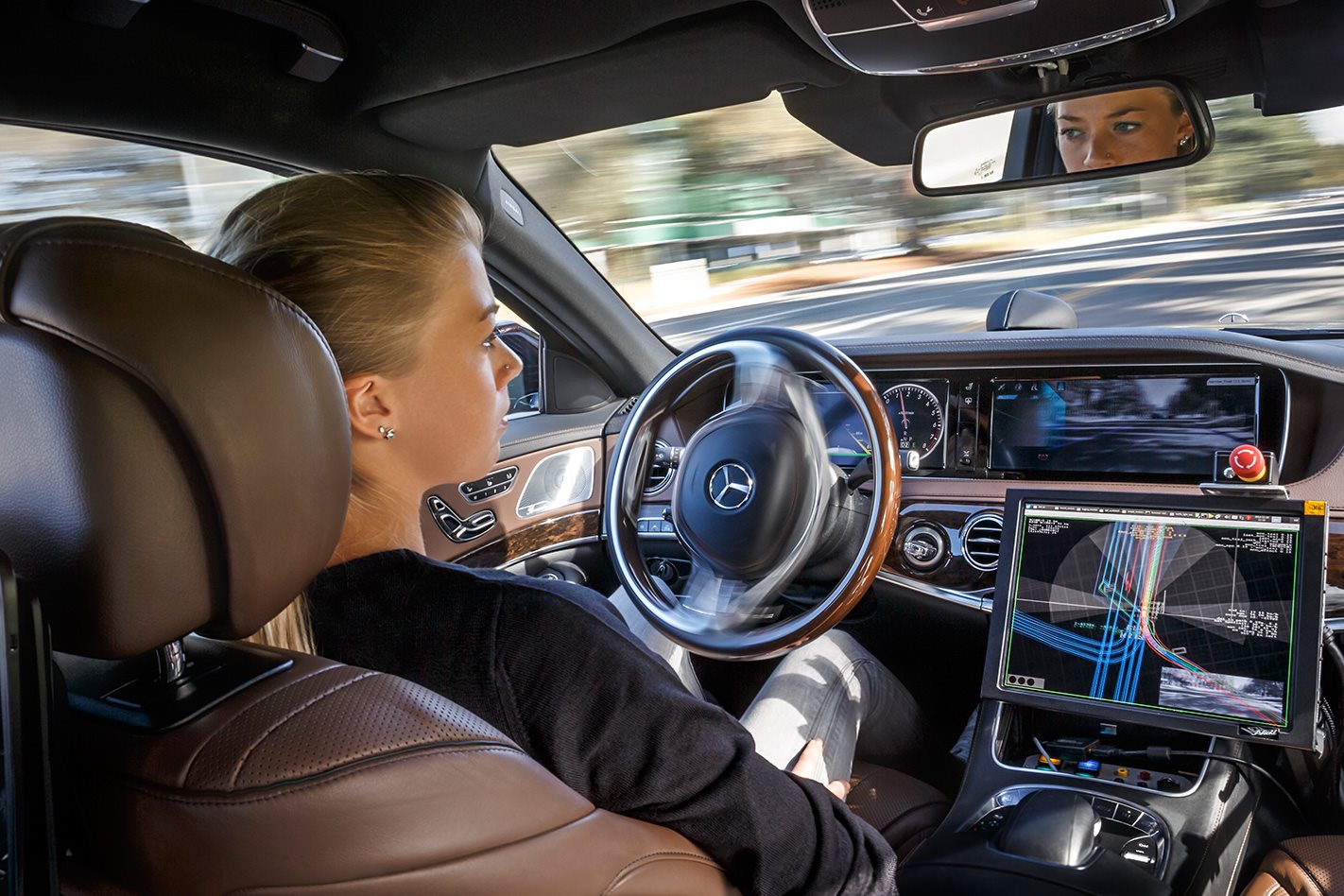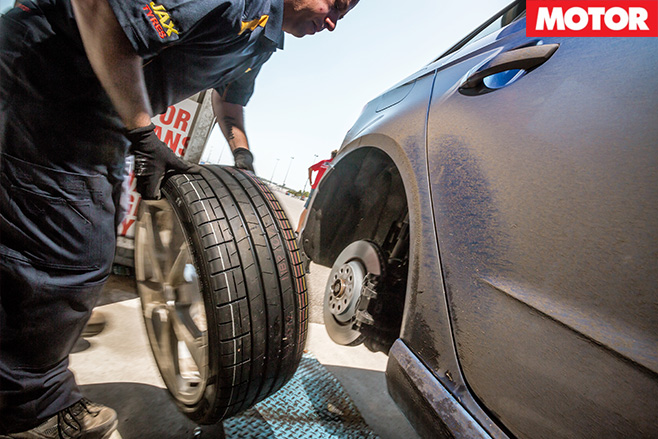I feel I’m about to say something deeply unpopular here, and possibly deliver the editorial equivalent of kicking oneself in the plums, but I’ll take a deep breath and say it anyway: i’m genuinely excited about an autonomous future.
It’s a topic I ponder most during my morning commute, which can include as much time sitting still as it does moving, but it’s a thought thrown into sharper focus by a conversation I had this morning with the PR bloke from Mercedes-Benz.
He’d called about our trip to Portugal next week, where Wheels will be one of only two Aussie outlets to sample the new AMG GT R, but it wasn’t the prospect of driving AMG’s latest and greatest track-honed weapon that had him so excited.
Seconds after telling me the AMG GT R is poised to become the world’s fastest rear-drive production car at the Nurburgring with a time of 7m10s, he gushed, “But the big news is Mercedes is building an autonomous city near Stuttgart!” Then, pausing for effect, he added, “And Wheels is going to be the first outlet in the world to see it”.
Honestly, I’ve never heard someone so excited about a plot of dirt, and I fear my lack of immediate response was taken as apathy. Which really wouldn’t be surprising.
The fact that the autonomous dawn is breaking has many petrolheads folding tin hats and crafting cardboard signs scrawled with “The End is Nigh!” Motoring journalists in particular seem to view the autonomous car as the antichrist, come to smite at the very heart of what they love most. And it’s easy to see why.
For people like us, people who enjoy driving, who relish the sense of connection delivered through a car’s controls and the seat of your pants, buying a car that removes the driving experience altogether seems counter-intuitive. We want to feel more connected, right? Not made redundant.
Yet what I fail to grasp is the notion that autonomy and driver enjoyment are somehow mutually exclusive. Surely we can have both.
I paused on the phone because I was reaching the realisation that over the next few days I’ll experience both ends of the motoring spectrum – a fire-breathing supercar designed to plug the driver into the core of its being, and ground zero of an autonomous city designed to delete the driver entirely. While poles apart, the crossover potential between these worlds is enormous, and it’s already happening. Take the E63 on this month’s cover, which will not only vaporise its rear rubber with V8-infused fury, but on the right roads drive itself home from the track with zero driver input.
Speak to people in the know, like AMG boss Tobias Moers and Renault Sport’s Patrice Ratti, and they see autonomy and driver involvement working hand-in-hand. “Why not?” shrugged Moers. “Why couldn’t an AMG drive you to a track, but then you push a button and the driver takes over?”
Ask Ferrari the same question, though, and the response is different. “Over my dead body,” Sergio Marchionne told us. “You’d have to shoot me first.”
But would a 488 or La Ferrari really be any less desirable if it had autonomous capability? Would allowing the car to drive you in city traffic actually detract from its ability to blow your mind when you regain control? I don’t think so.
Like it or lump it, the autonomous age is coming, and it’s something to look forward to, not fear. Check mate.
The much-needed reality check to autonomy is that despite the millions of dollars being invested in these systems by carmakers and tech giants like Apple and Intel, we’re still decades away from having our roads ruled by self-driving cars with no steering wheel. Drive a current Mercedes E-Class or Tesla and, regardless of the hype, you’ll quickly realise their autonomous ability is limited. Lane-markings, overhead signs and shadows easily trip them up, which means that, for now at least, the driver must be in control.






